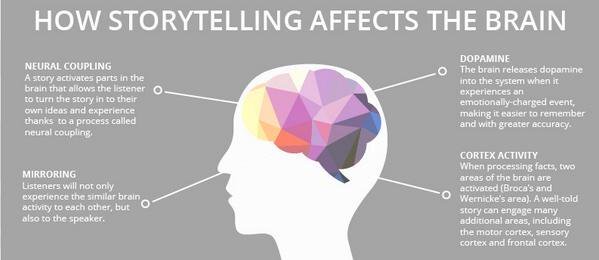The Power of Storytelling
On the Friday before Winter break, we had an afternoon campfire with popcorn and stories. The campfire sessions often bring about stories. Some of the children who have been camping with their families KNOW that stories MUST be told and, of course, there is the elemental partnering of fire and story passed from generation to generation.
But on this day, two of our five-year-olds took over the storytelling and crafted and shared their own stories. Each featured story elements borrowed from books the adults have read or stories we have told.
"One day, the Takoma Park Cooperative Nursery School Tracks class kids were sitting AROUND their fire. At 2:45 a dragon came. He had furious claws. He had big sharp teeth. His feet were as big as...as big as..."
A listener offers, "As a school bus?"
"No, as an ocean," he pauses again for dramatic effect.
The other children are amazed! Feet as big as an ocean! "That dragon is as big as the world!" one exclaims.
The storyteller looks around and begins to add names of the other children into the story. He deftly chooses parts for each of them in this grand battle against the dragon where the swords are clang, clanging against each other.
It was in listening to his story that I could see all our other stories and the way we tell them being brought to life and not just the stories we tell at school, but those his family share with him as well (his family has close ties with the Washington Revels).
We could see that he, himself, played the central role of St. George in his story while holding a stick in one hand and a mouse in the other. The mouse did not play a role in this story, but it references the just-seen Mini-Nutcracker Ballet put on by the Washington Youth Ballet.
His story featured sounds, sights, and how the characters felt. His use of the "clang clang" of the swords during battle along with "the feet as big as..." added to the detailed use of language that would enrich the plot, setting, and characters were all evidence of a job well done, us!
“Stories can also inform people’s emotional lives. Storytelling, especially in novels, allows people to peek into someone’s conscience to see how other people think. This can affirm our own beliefs and perceptions, but more often, it challenges them. Psychology researcher Dan Johnson recently published a study in Basic and Applied Social Psychology that found reading fiction significantly increased empathy towards others, especially people the readers initially perceived as “outsiders” (e.g. foreigners, people of a different race, skin color, or religion).”
We are drawn to both listening and telling stories. Our story time sessions are used to teach the books or stories rather than just reading them or telling them -- and we are careful so as not to lose the pure joy of story sharing. We often retell stories and incorporate art projects so they can be enjoyed on multiple levels.
As a recent example, we were reading Baba Yaga and Vasilisa the Brave. We paused often to talk about why the author chose to describe characters, events, or the settings the way she did. There are many Baba Yaga stories and books. You can pare these tales down to the bare minimum (we start with these, of course) and still it will be a good story. This version of the story needs to be read over time, four days usually. The illustrations by K.Y. Kraft are perfection. We have to take the time because the author (and the illustrator) have made certain decisions about what and how they will share the story.
In this book, Baba Yaga is described as "very tall and thin as a skeleton even though she never stops eating." In the simpler story, The Black Geese by Alison Lurie, the illustration gives you more information than the words shared which only describes her "snoring through long nose." We talk about how the words chosen change the way we see Baba Yaga. The "cling clang" of our story teller's dragon story is borrowed from Jane Yolen's Peter and the Blue Witch Baby another Baba Yaga story while the feet as big as . . . is from the Chinese tale, The Terrible Nung Gwama, that we share orally. The feet of the Nung Gwama feature heavily in this story and are as big as ovens. We ask the children when we share these stories, why are these words being chosen over others?
While we have many reasons for spending so much time on story -- we know the research. We know that story is essential to brain development, language acquisition, literacy, resiliency, and empathy -- sure we do! But here, gathered around a campfire, we hear and watch our work take flight as the children become the story tellers.
Links:
- The Psychological Comforts of Storytelling by Cody C. Delistraty
- Infographic: The Science of Storytelling by Adam Weinroth
- Why Your Brain Loves Good Storytelling by Paul J. Zak


